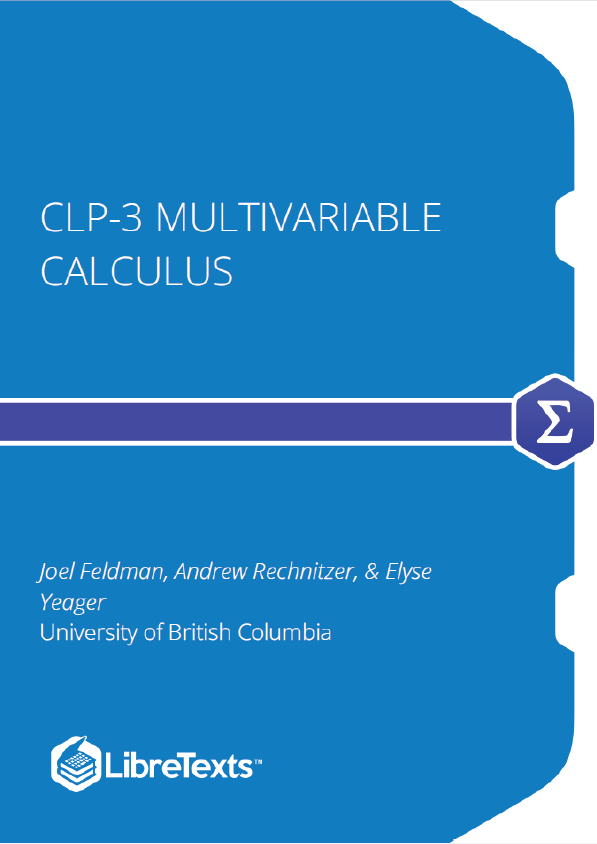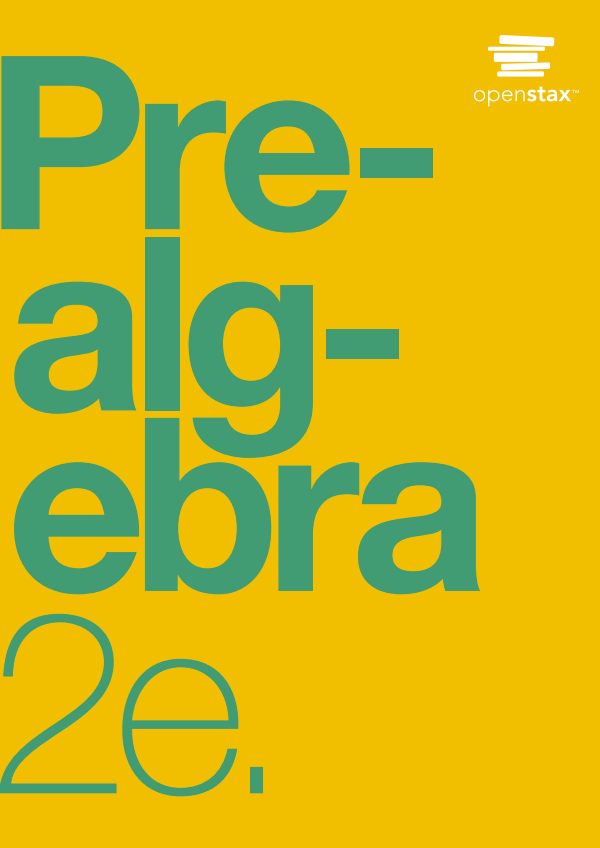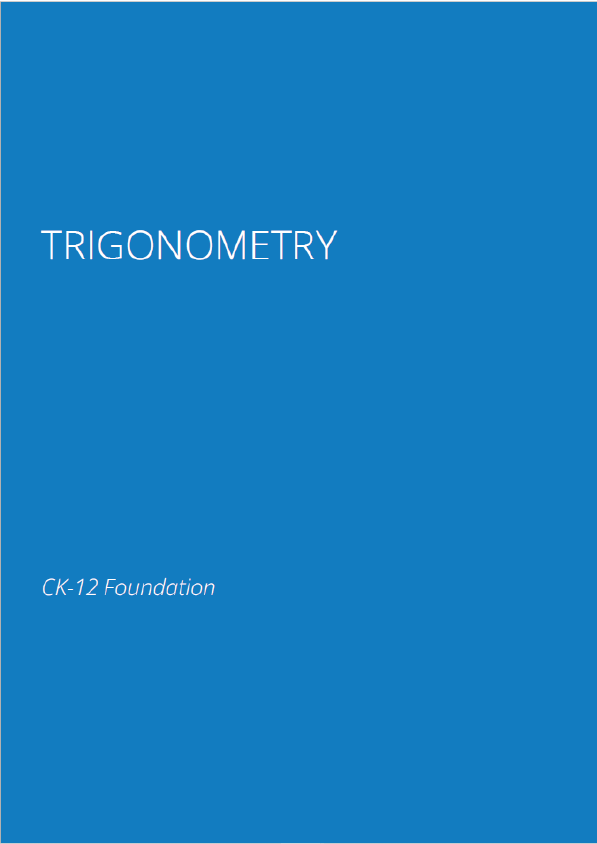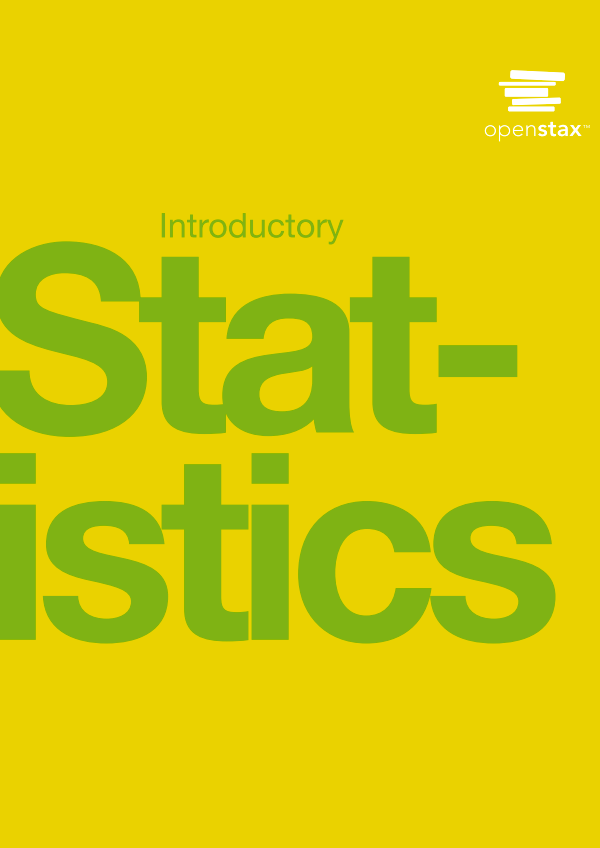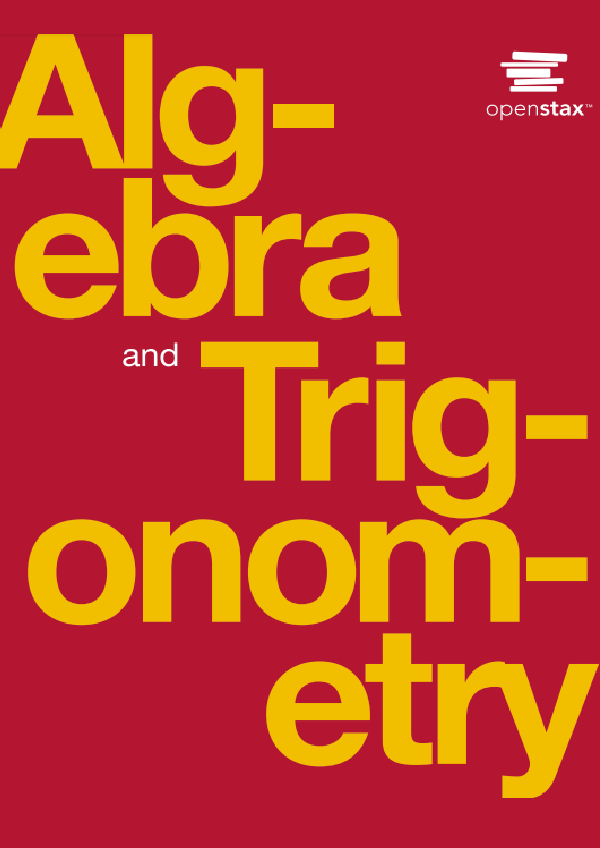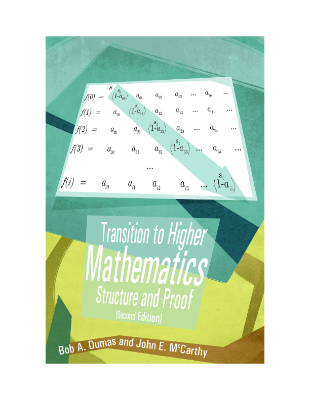This textbook covers multivariable Calculus. There are chapters on vectors and geometry in 2 and 3 dimensions, partial derivatives, and multivariable integrals.
1: Vectors and Geometry in Two and Three Dimensions Before we get started doing calculus in two and three dimensions we need to brush up on some basic geometry, that we will use a lot. We are already familiar with the Cartesian plane , but we’ll start from the beginning.
1. René Descartes (1596–1650) was a French scientist and philosopher, who lived in the Dutch Republic for roughly twenty years after serving in the (mercenary) Dutch States Army. He is viewed as the father of analytic geometry, which uses numbers to study geometry.
Vectors
In many of our applications in 2d and 3d, we will encounter quantities that have both a magnitude (like a distance) and also a direction. Such quantities are called vectors. That is, a vector is a quantity which has both a direction and a magnitude, like a velocity. If you are moving, the magnitude (length) of your velocity vector is your speed (distance travelled per unit time) and the direction of your velocity vector is your direction of motion. To specify a vector in three dimensions you have to give three components, just as for a point.
The Cross Product
We have already seen two different products involving vectors — the multiplication of a vector by a scalar and the dot product of two vectors. The dot product of two vectors yields a scalar. We now introduce another product of two vectors, called the cross product. The cross product of two vectors will give a vector. There are applications which have two vectors as inputs and produce one vector as an output, and which are related to the cross product. Here is a very brief mention of two such applications. We will look at them in much more detail later.
Consider a parallelogram in three dimensions. A parallelogram is naturally determined by the two vectors that define its sides. One measure of the size of a parallelogram is its area. One way to specify the orientation of the parallelogram is to give a vector that is perpendicular to it. A very compact way to encode both the area and the orientation of the parallelogram is to give a vector whose direction is perpendicular to the plane in which it lies and whose magnitude is its area. We shall see that such a vector can be easily constructed by taking the cross product (definition coming shortly) of the two vectors that give the sides of the parallelogram.
